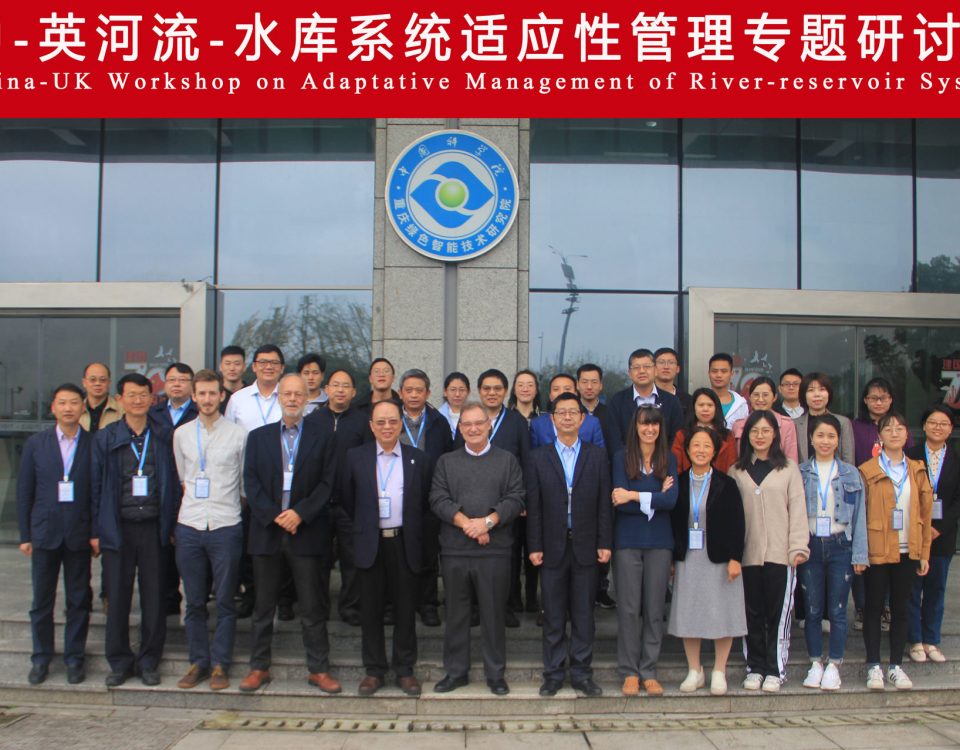
New Barrier Tracker App update enables downloading own records
March 20, 2019
Can we save the Atlantic salmon?
April 4, 2019Inclusivity and river management plans: the importance of involving affected communities.
When a river barrier (i.e. a dam) is built or removed, sometimes the surrounding community and users have concerns or objections to what may be the new normal. This conflict between the project team and community can cause cascading problems when trying to implement river management plans. Recently, researchers within the AMBER team finished a study about barriers and associated social conflicts that may arise. They underwent a literature review of well-documented cases in Europe of stakeholder interactions over barrier construction, reconstruction or removal, with an aim to produce the first overview of factors which may lead to heightening the conflicts or alleviating them.AMBER researcher Kinga Krauze says, “Barriers on rivers often raise emotions among river users. The conflict originates from competing desires; on the one hand to maintain fluvial connectivity and numerous services related to river corridor and valley, on the other hand strong economic motivations coming from energy sector and flood protection requirements.”
During an AMBER communications workshop the study was discussed and attendees highly recognised the value of the following pre-investment measures to significantly reduce the probability of conflicts:
1. Availability of information: Well distributed, clear information about the project, its consequences, opportunities and risks; ability to co-design and discuss the project and easily contact experts for ad hoc addressing the concerns.
2. Communication means: the information needs to be available to vulnerable groups, and all community members exposed to the risk; therefore, it is compulsory to use variety of communication channels with frequent meetings.
3. Type of approach: The communication must be transparent, inclusive, and feedback provided without delays; the project team should get involved into activities of local communities and contribute to social learning and social capital building. Dam builders should expand their criteria for assessing their projects— in addition to the criteria of technical, economic and financial feasibility, dam projects must meet a criterion of their acceptance by the public.
Another important take away from their research was that compensation and new benefits were distributed in a just way among all the affected residents and municipalities. Lessons to be taken into account when designing barrier projects in rivers!
Read the whole paper here
D3.6 Social Conflict and River Management




